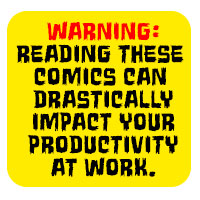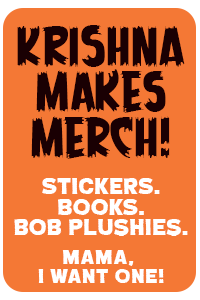Review: The Mac App Store
Now that a few weeks have passed and the initial buzz around the Mac App Store (MAS) has cooled off a little, I wanted to share a few observations that have been kicking around my head since launch day. Does the MAS live up to the hype? Let’s find out…
I’ve purchased a handful of applications from the MAS. On initial launch, I bought the iWork suite (Pages, Keynote, Numbers), and a few days later, I purchased iPhoto 11. It’s nice to be able to buy iLife and iWork apps a la carte – something that wasn’t possible before the MAS. For giggles, I also downloaded a few freebies as well (TextWrangler, MenuPop, Twitter, and the ever-popular Fireplace).
To use the MAS, you’ll need to have 10.6.6 installed. Upon doing so, you’ll see a blue Mac App Store icon in your Dock. (Note: You can also access the MAS via the Apple Menu > App Store.)
In my opinion, the MAS has an incredibly busy main screen. After you get past all the distractive elements, the categories come into focus. The main page has “New and Noteworthy” apps on the top, followed by “What’s Hot” apps below. You can browse by Category as well, if you’re trying to find something new that strikes your fancy. On the right-column you can see the top paid and top free Mac apps, similar to what is available from the iOS store for iPads / iPods.
At a glance, you can see all the software you have downloaded from the MAS. You can also check out “Featured” and “Top Charts” apps to find out what’s moving and shaking on the Mac software scene.
For the most part, buying apps from the MAS has been a very straightforward process: Find the app you want, click “Purchase”, enter your Apple account and password, and the icon of said app will magically jump into your Dock. (Seriously.) No install wizards. No unpacking DMG files. It’s instant gratification at its best (or worst, depending upon your proclivity to impulse buy).
When you look past the awe, you’ll note that there are no trial versions available from the MAS. (Also missing are Mac stalwart apps like Filemaker, Bento and MS Office.) These are all full-blown apps you’re purchasing. Each app has user submitted reviews – which vary from detailed to idiotic. To avoid potential buyer’s remorse, I strongly recommend researching around the Mac web-o-trons before buying any app. Better yet, if you can, visit the vendor’s website and see if a trial version is available so you can test the app out before you buy.
The upside to the MAS is huge (at least for me). Once an app has been purchased, users can install the same software on up to 5 Macintosh computers they own. We have 3 Intel Macs at home, so purchasing from the MAS has saved me the hassle of having to re-buy apps to install on the other Macs we own. That’s a huge plus, given our limited family budget. It remains to be seen, however, how vendors will handle point jumps (v1.0 to v2.0). There are no upgrade pricing options, so users will have to shell out full coin with the MAS.
I’m pretty happy with the Mac App Store. I think it’s a good idea, particularly for new Mac users who may not be familiar on where to look to find good Mac software. The big limitation of the MAS is the software selection. Apple decides what goes in the store and what stays out, so if you’re looking for something that tinkers with the innards of Mac OS X (like software that modifies the system), your best bet is to download it from the vendor’s site.
Overall, I’m pleased with the Mac App Store. It works as it should, and that’s where it counts. It’s a boon for folks who own more than one Mac (from a software savings standpoint), but the store could be better organized.
The MAS earns a solid 4.5 out of 5 Bob Weiners.





Benjamin Schollnick
February 2, 2011 at 10:03 amI think you might have a small assumption in your review… You mention that there is a 5 computer limit on the MAS software…
MacWorld’s article on this mentions this explicitly….
Can I buy an app on one Mac for use on all my computers?
Yes, you can install apps bought from the Mac App Store on any and every Mac that you personally own and use.
What about the five-Mac restriction that I have with videos I bought from iTunes? Does that work for Apps too?
No. Apps don’t check to see if you’ve using an iTunes-authorized Mac. They can ask you to verify your Apple ID and password, but that’s a single check and it’s just to verify you are who you say you are. Once your identity is verified, that’s it. There’s no authorizing or deauthorizing or counting of different Macs.
Does that mean I could buy one copy of an app and install it on every Mac in my business?
No, the license you agree to when you enter the Mac App Store says that app downloads are for Macs that you personally own, and that’s a license for personal use. Apps that are intended for professional use are licensed for you or for a single computer used by several people. While there’s no technical impediment to you installing them on multiple Macs at work, you’ll be violating the license agreement. It’s the same scenario as if you buy a single-user copy of iWork and install it on ten Macs at work—you can do it, but you’re violating the license agreement, making the act ethically questionable.
Are there family pack licensing options in the App Store?
No, apps are purchased for and owned by a user linked to a single Apple ID. But if you log in with that ID on all the Macs in your household, you can download and install your apps on each one.
Krishna
February 2, 2011 at 1:11 pmI stand corrected. Thanks Benjamin, for the clarification!